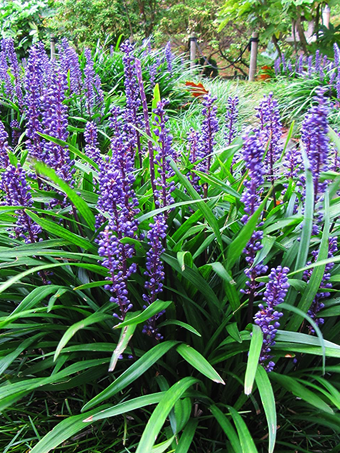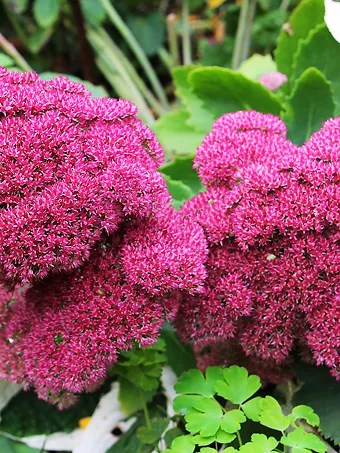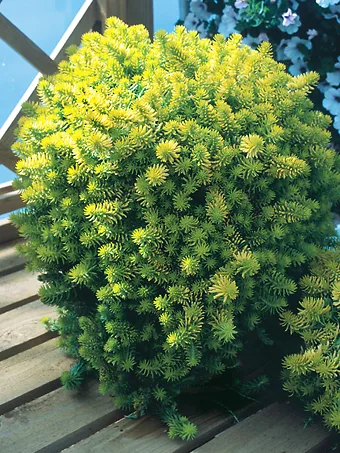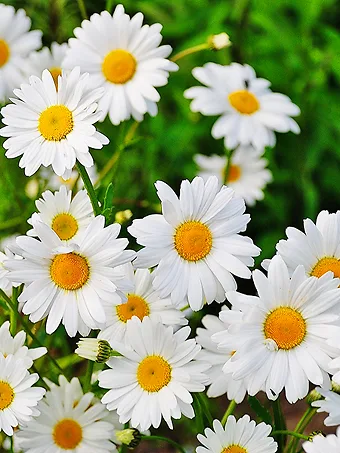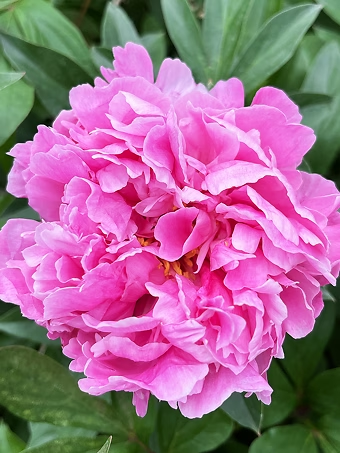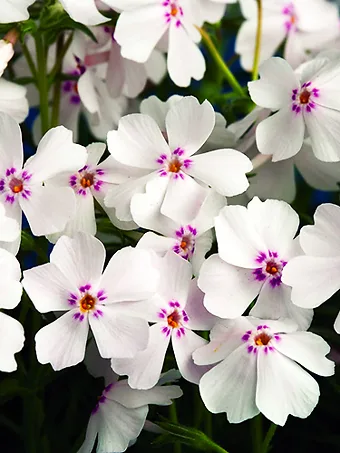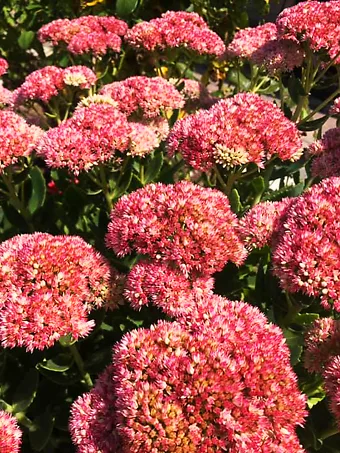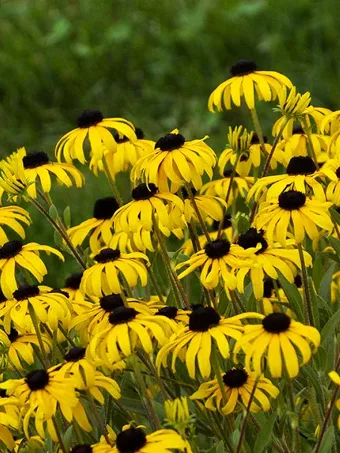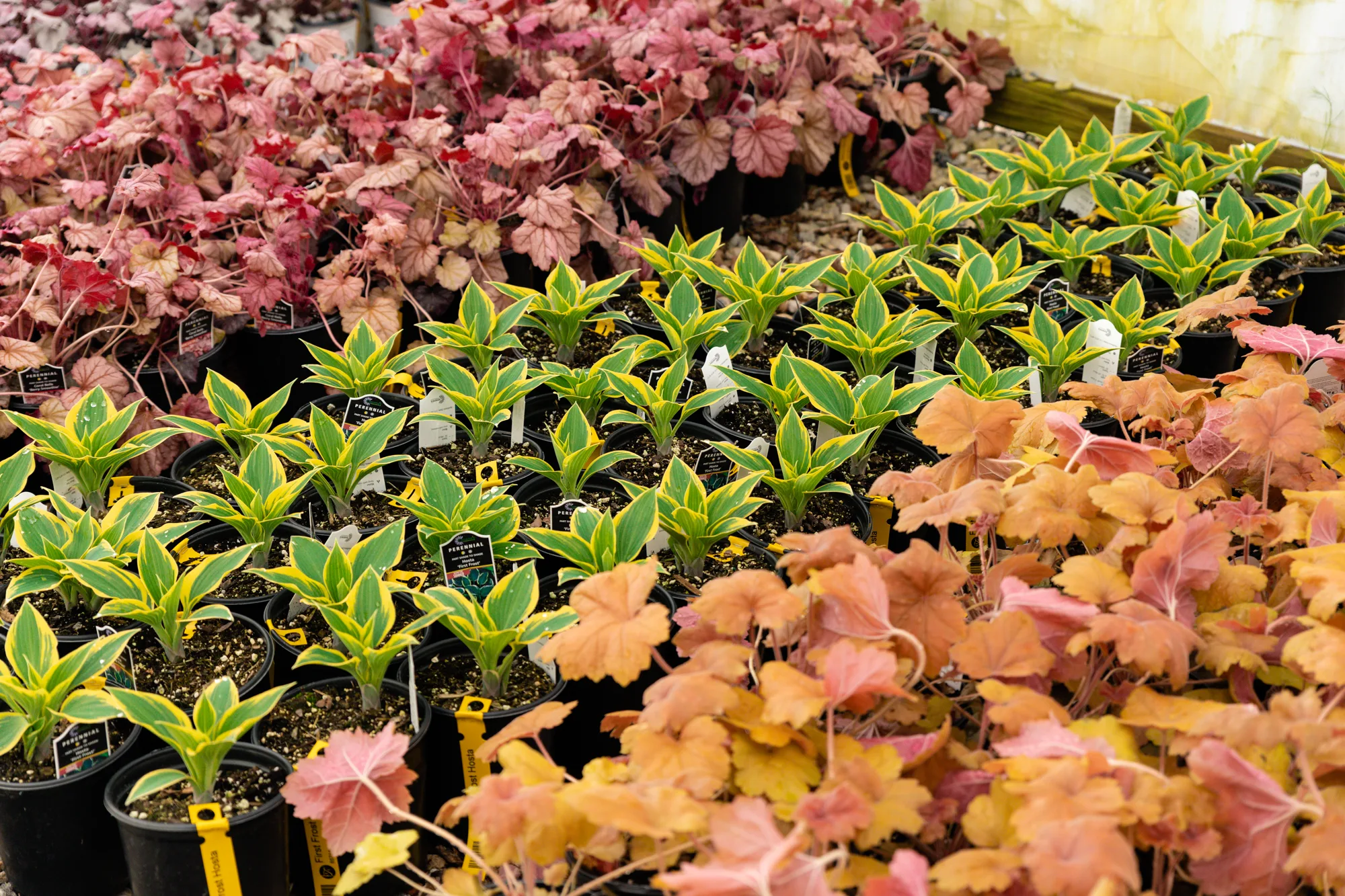
Written by s • Grow a Flow of Seasonal Color with Perennial Plants
When you first start gardening, one of the most difficult things is to keep your garden interesting all year round. For most of us that means blooms, although of course fruits, fall color and colored foliage are all important ways of achieving that. You can do this with a careful selection of shrubs – azaleas for spring, hydrangeas for summer, using reblooming plants like roses – and that’s important. Another way, though, is by adding perennials to your garden. Perennial plants are often grown as much for their flowers than their leaves, and many have spectacular flowers for weeks.
But just as with shrubs, when you set out to grow perennials you easily end up with ‘gaps’ in the year, and weeks or even months without bloom. Once it was common to plant big beds of nothing but perennials – herbaceous borders they were called – and you still see them in botanic gardens and large gardens open to the public. They are much less common in private gardens than they used to be, but I confess to having spend years of my life when younger taking care of 100-foot borders of perennials, and it does take a lot of hours and a lot of careful work for them to be successful. But, and it’s a big ‘but’, there are valuable lessons we can learn from that system of growing.
We can apply it to our modern use of perennials, and choose plants that will give us an generous flow of flowers and interest from spring into the fall, with plants that fit into spaces in your garden, and take very little work to grow. Let’s take a look at how the seasons unfold with perennial flowers. We’ll look just at larger groups that are reliable in many gardens, across zones, and don’t need specialized care.
Spring
Because they must grow back from their roots, it takes a while before most perennials get growing, let alone blooming. Since we space them out to leave room for their growth, in early spring there are often big open spaces between them. How can we use those spaces to bring color? The answer is, with bulbs. You can color-up your perennial plantings right from the beginning of the year by planting groups of spring bulbs between them. The earliest will be daffodils, and since these often develop well in gardens, and last for years, they are a great choice. The expanding perennials will cover over the foliage as it dies down, so almost no work is needed – just pull out the dead leaves and flower stalks whenever you get round to it. Include early and late blooming varieties, in a range of colors. Tulips bloom a little later, and bring lots of bright colors. It depends on your climate whether they will come back well in future years, and it also depends on the varieties you plant. So go with cheaper, older types, and replant some each year, removing ones that stop blooming.
Early Summer
This is a time of glory with herbaceous plants, because it’s peony season. Peonies are fantastic plants for the modern garden, because they put on a fabulous display of blooms, and then keep attractive foliage through the summer, and often have good fall colors too. For low maintenance plant varieties that have strong stems and don’t need staking – check descriptions to be sure of that. Since peonies are almost all in the white, cream, pink and red color range, great companions for them are Iris, which come in a million shades of blue. The traditional bearded iris need more care in cool zones, so if you want lower maintenance there, think of Siberian iris, or in the northwest, Pacific Coast Iris.
Mid-Summer
Once the peonies are over, a whole new wave of plants start blooming. Some last right into fall, and with a good selection these months can be the best time of all for perennials in your garden. Among the first are the Flowering Sage plants (Salvia) which come from Europe, and other European plants like Catmint (Nepeta). These look fabulous at this time. This is also the time when Daylilies (Hemerocallis) get started, and these are without doubt among the most useful perennials of all for general garden use. Their foliage is dense and thick, keeping down weeds, and they grow not just in beds, but in poor soil too, and they are great for filling hot, sunny places. They all bloom spectacularly in the middle of summer, but when using them alone think about using repeat bloomers like the famous ‘Stella de Oro’, or ‘Happy Returns’, which will still be going strong when fall comes. Since they are nearly all in the yellow, orange and reds color palette, planting them with those Sages and Catmints is a combination made in heaven.
Late Summer
This is the time when ornamental grasses start to look really good, and they will give huge value, lasting into winter. For middle to late summer, think border phlox (Phlox paniculata) varieties, in shades of pinks, purples, violets and white. In some climates some of these can get powdery mildew, but it’s a harmless disease, so don’t worry too much about it. For less work, blend, or replace, them with those plants of our Prairies, like Coneflowers (Echinacea), Butterfly Weed (Asclepias) and Butterfly Mints (Agastache), all with long-lasting flowers. These last three bring pinks, golds, blues, purples, white and classy jade greens (Echinacea ‘Jade Jewel’) to your beds, and look fabulous growing between ornamental grasses.
Early Fall
Some of the modern Agastache varieties will still be going, and some daylilies too, but now is when the grasses are at their peak, and ones like Miscanthus are in bloom. The classic fall perennial is without doubt the Autumn Joy Sedum. Sure, it is grown everywhere, because it really does grow anywhere, the drier and hotter the better. That doesn’t stop it being beautiful, and a perfect way to end the gardening year, and the flow of seasonal color that perennial plants bring to your garden.
